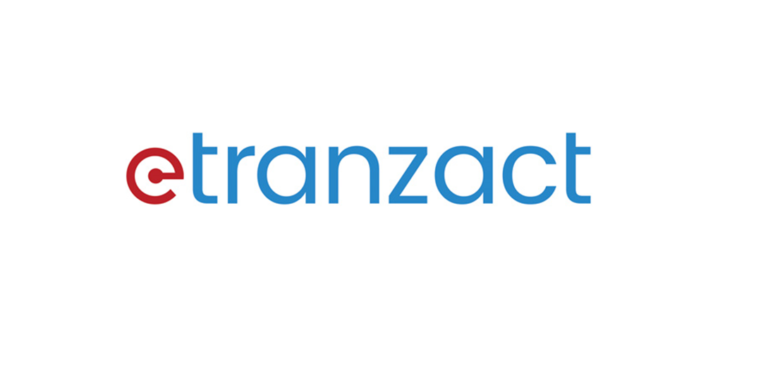Does the NFT craze actually matter?

The NFT market is still defying reason, but then again that’s kind of its thing. But one thing I’m especially unsure about lately as I see JPGs continue to sell for millions of dollars is… does any of this actually matter?
I’ve spent a lot of time over the last year grappling with the NFT market, at times I’ve lost sleep over it. As a reporter frequently covering this market, I don’t own or trade the little images myself, but that hasn’t stopped me from obsessing over the fluctuations in their prices and scouring Discords trying to follow the trends.
I’ve tuned into countless Twitter Spaces and lurked subreddits trying to understand it all. I’ve also done my best to keep most of that out of this newsletter — it’s a weird niche interest that’s especially niche at the moment — but as Bitcoin flirts with a new all-time-high and the NFT mania persists, just consider this a timely update.
So, in the past month, investors have continued dropping billions upon billions of dollars on NFTs. OpenSea has seen more than $3 billion in transaction volume in the past 30 days, and that number is actually way down quite a bit from August, showcasing just how much off-peak money continues to flow into NFTs.
All of that money has gone to some colorful places. One of the bigger success stories of the past month has been the platform CrypToadz which investors dumped $100 million into. They look like this. In the past couple weeks, a brand new project called MekaVerse saw $130 million in transaction volume.
They’re a bit prettier, but would you spend more than $8,000 on one? The platform Cryptoslam (where I pulled most of the data I reference here) is tracking 163 platforms which did more than $1 million in volume in the past 30 days, a number which doesn’t even account for individual artists selling their work on platforms like OpenSea.
Larger-scale projects can represent more traditional gaming titles with more complex in-game economies while smaller-scale projects simply look more like fine art markets teamed with exclusive social clubs. Some smaller-scale projects have the ambition to eventually become larger-scale ones, but many have capped the number of NFTs in their projects and are designed to be exclusive.
In the past 30 days, Axie Infinity did more than $500 million in sales spread across nearly 2 million transactions and over 350,000 buyers. On the flip side, CryptoPunks did $200 million in sales during that same time frame across 484 transactions and 309 buyers.
Generally, when I’m talking about some of these big sales from smaller-scale projects with friends of mine, the first thing they mention is how this is probably all just money laundering. While I’d certainly imagine some of that is happening, that’s ultimately a much more boring explanation than my best guess of what’s really going on, which is that a group of several thousand investors have separately rationalized irrational investing. They just happen to have chosen to do so through buying pixel art and drawings of animals.
While some investors might suggest that a handful of the earliest NFTs hold intrinsic value as historic objects, there are plenty of brand new NFT projects earning ten-million dollar valuations on day one with low amounts of effort and imagination.
Most of these investors are also people who have held onto Ethereum through its waves and have grown fundamentally averse to cashing out, meaning they’re less likely to sell the NFTs they buy unless they’re just trying to buy another more expensive NFT or have been made an offer too good to refuse.
As a result, many high-value smaller-scale projects stay liquid on the low-end while fewer sales of the rarer items underpin the massive valuations of the projects and those occasional big buys keep pushing prices higher.
All of this babbling of mine is to say, what’s happening here is strange. It’s also an incredibly large amount of noise mostly coming from a few thousand buyers.
But when most investors talk about mainstream adoption and future use cases, they’re looking at the creation of more larger-scale projects like Axie and Top Shot which embody many of the technical bells and whistles of crypto economics in more user-friendly packages that can reach the mainstream.
NFTs as a concept for driving more complex virtual economies is, indeed, really fascinating, but I don’t think there are as many takeaways to draw from billions of dollars flowing into digital art and these smaller-scale projects like CrypToadz as many crypto investors and venture capitalists are trying to convince themselves.
Only three NFT platforms out there had more than 10,000 active unique buyers in their community in the past 30 days, and while the successes of platforms like Axie Infinity are definitely worth dissecting, it also seems clear we’re in the midst of a speculative frenzy and it’s not a very easy time to draw sober conclusions about what all this madness means for the future of the web.







